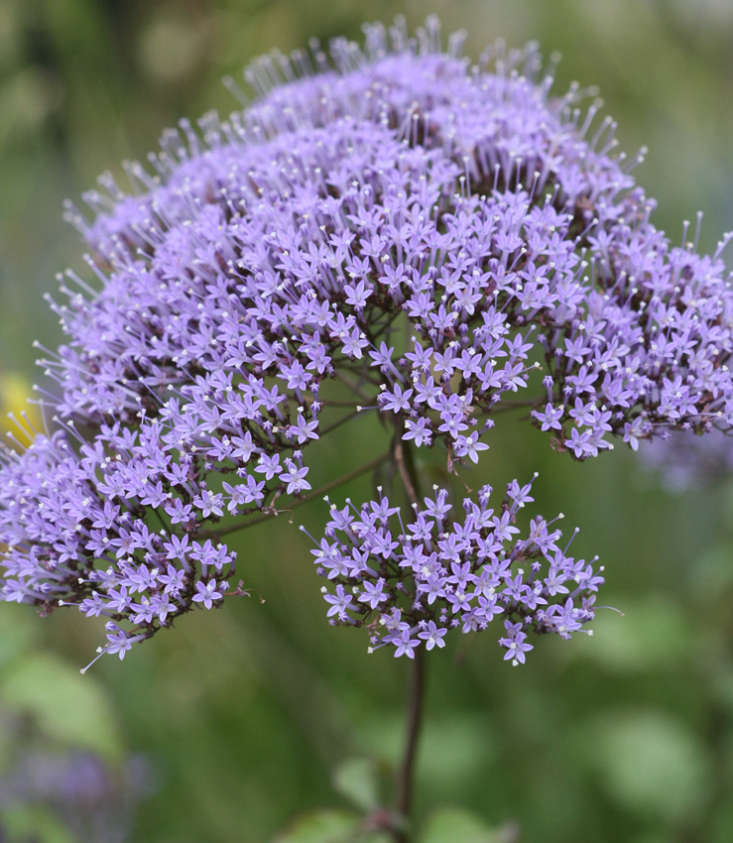Blue Throatwort, Trachelium caeruleum
If I had a list of favorite reseeding flowers in the garden, blue throatwort would rank high. And the crazy part is that I don’t even particularly like purple-blue flowers (I’m more of an orange girl). But there’s something about this plant that I find charming and desirable.
It could be that it’s fuss-free and fast-growing and blooms from May to September. In my mild Marin County climate, blue throatwort remains evergreen, but for most gardeners it acts as a semi-hardy deciduous perennial or as a long-blooming annual in very cold climates. And regardless of how long this plant lives in your garden, you’ll be rewarded—and rewarded again—with lovely blooms.
Keep reading to learn if blue throatwort should make your top list:
Featured photograph by gailhampshire, via Wikimedia.

Native to areas along the western Mediterranean Sea, Algeria, Morocco, Spain, Italy, and Portugal, blue throatwort is derived from the Greek word ‘trachelos‘ meaning “a neck” because it’s reported to cure throat ailments, and this relates to its common name, throatwort. The epithet for this plant, given by Linnaeus in 1753, comes from the Latin word ‘caerule’ meaning “blue” which explains why this plant is also called the Blue Lace Flower or Umbrella Flower.
If all goes well, expect this beauty growing to a clump 2 to 3 feet wide with dark green to bronzy lance shaped leaves, and then in the spring expect 4- to 5-inch-wide dense umbels of tiny, tubular star-shaped lavender-blue flowers to shoot up from thin stems. I like adding blue throatwort to casual cottage gardens, near ponds and other water features, and tucked in between ornamental grasses where the slender stalks contrast beautifully with throatwort’s dome-shaped flower heads.

Cheat Sheet
- Blue throatwort is a fantastic filler plant for perennial beds and makes a unique long-lasting cut flower (the flowers are also slightly scented, like a mild lilac). Be aware that some people can have a slight allergic reaction to the flowers in the form of a rash.
- Luckily this plant is relatively pest- and disease-free.
- Butterflies find the flower head to be a superb landing pad and nectar source; plus it is very attractive to birds and bees.
- Like mentioned, this plant is an excellent re-seeder—but not in a weedy way.

Keep It Alive
- Lives in full sun but will also thrive in a partly sunny spot.
- Rich, well-draining soil is preferred but it accepts a variety of soil types.
- To extend blooming through the fall, deadhead spent flowers and then cut back hard in late winter to keep the plant looking tidy.
- Provide regular water, and it will reseed itself in your garden’s random damp spots.
For more blue-purple flowers, see:
- Everything You Need to Know About Ornamental Alliums
- Hydrangeas: How To Change Color from Pink to Blue
- Plant of the Week: Wisteria












Have a Question or Comment About This Post?
Join the conversation (0)